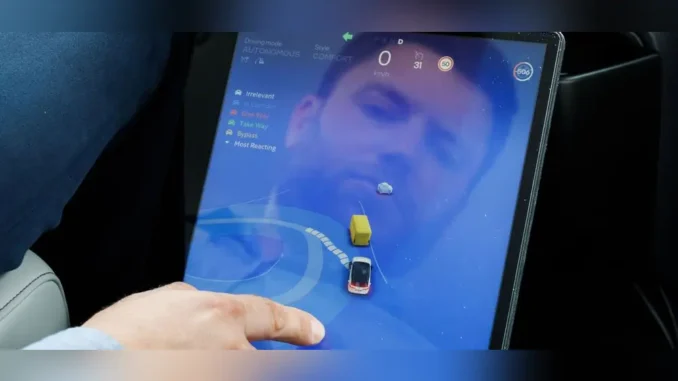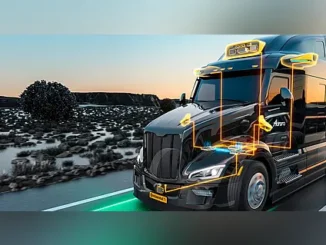
Mobileye has presented a new concept for the safety architecture of self-driving systems that is intended to enable their widespread use. The architecture is based on two central principles:
- The average time between two system failures (MTBF) must be at least as good as the corresponding statistics for human drivers.
- The system must not take any unreasonable risks. The boundary between reasonable and unreasonable risk is disclosed transparently by the provider of the self-driving system.
In this 17-page paper, the authors Shai Shalev-Shwartz, Moran Molnar, Ilai Granot, Almog Shany and Amnon Shashua from Mobileye emphasize that although a high MTBF is an important factor for the safety of autonomous systems, it is not enough on its own. For this reason, the safety architecture presented is based on the combination of two key requirements:
- At least human performance: Self-driving vehicles must not be statistically more dangerous than vehicles driven by humans.
- Avoidance of unreasonable risks: In addition, self-driving systems must actively exclude risks that are considered unreasonable. To ensure this, the definition and delimitation of such risks and the methodology used to avoid them must be made clear and transparent.
According to the authors, the central challenge is to clearly define „appropriate“ and „inappropriate“ risks and to develop effective methods to minimize inappropriate risks. Mobileye pursues a comprehensive approach that not only focuses on statistical safety aspects, but also includes compliance with strict safety standards and the principles of transparency and accountability.
With this architecture, Mobileye aims to create a solid foundation for the responsible and widespread introduction of safe autonomous driving systems. (oe)



